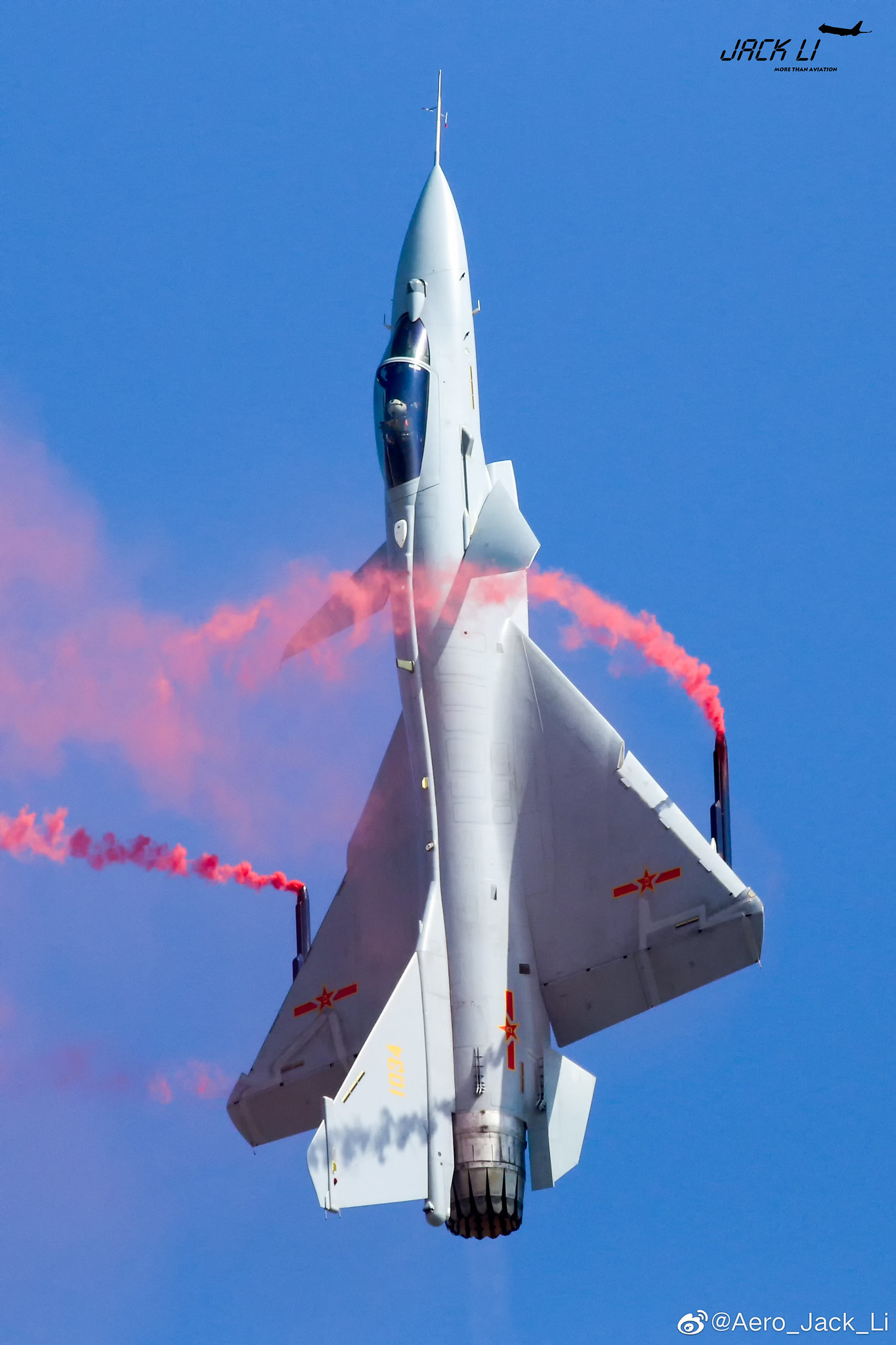vesicles
Colonel
I don't want to derail the thread into geopolitics or energy security discussion. But China can support Russia in many other fields. Example : ShipBuilding , Telecommunications, Information Technology, Automobiles, Heavy Machinery ...the list is huge.
Why exactly compromise on Aeroengines? Why can't Russia divert the profits it had made in its collaboration and coordination with China on the many fields that I listed above? They could divert some of that Profits into their own Aeroengine Manufacturing base? Russian Sukhois and Migs have never lost their appeal ( to the contrary, the potential buyers keep Increasing - Turkey is the latest). That means more Aeroengine business ?
China must delink/ decouple from Russia on Aeroengines. There will be growing pains. But that has to be endured. WS-10 series should be adopted into more J-10s and Flankers. Even if WS-10 ends up having a lower reliability score than AL-31( a hypothetical scenario), China should keep on pushing ahead.
I also don't want to derail this thread to a geopolitical one, but would like to share one point.
Military tech is a highly specialized and most likely isolated area (the former Soviets never converted their military tech prowess to overall industrial capabilities), whereas ShipBuilding, Telecommunications, Information Technology, Automobiles, Heavy Machinery would be foundations for overall infrastructures and foundations for overall capabilities.
Supporting the Russians with their engines most likely will only keep their highly specialized expertise intact. this will give them the money they desperately need, that's it. On the other hand, if the Chinese support the Russians with their overall capabilities, given enough time, the Russians will thrive into another capable competitor. I don't think that's what the Chinese want.











